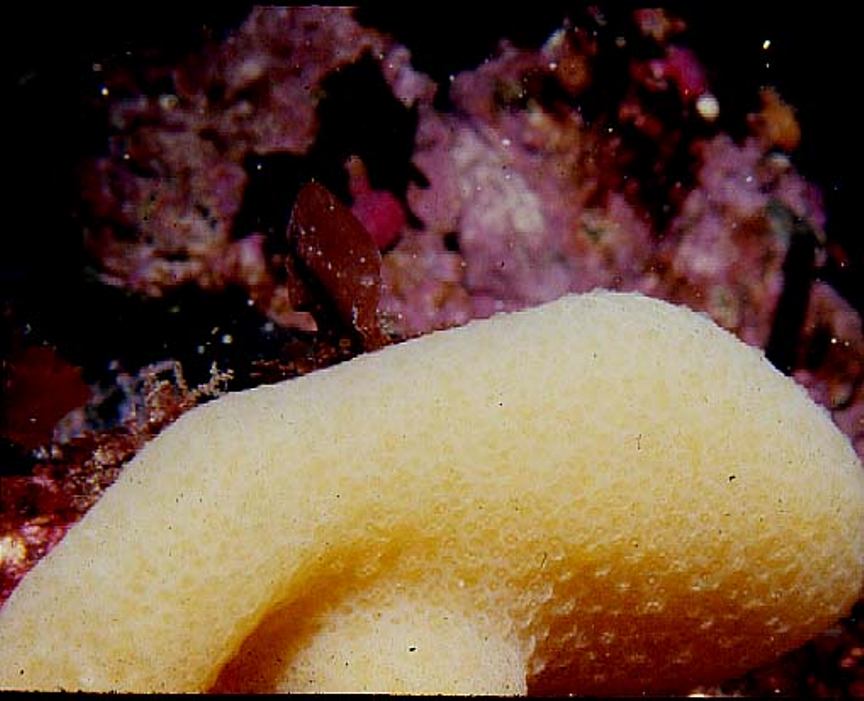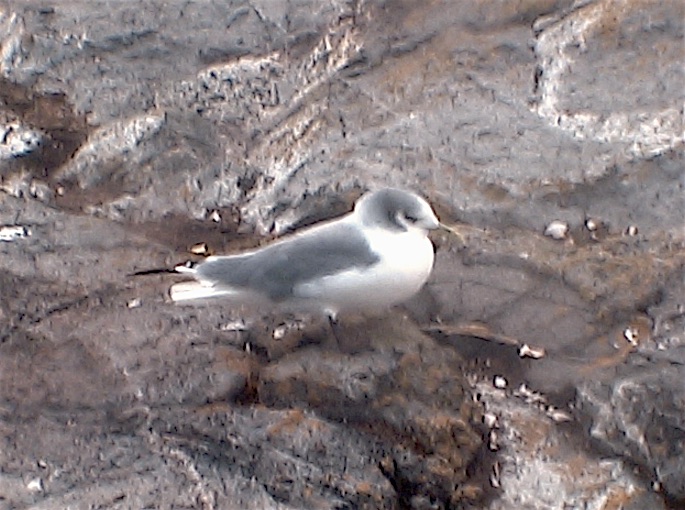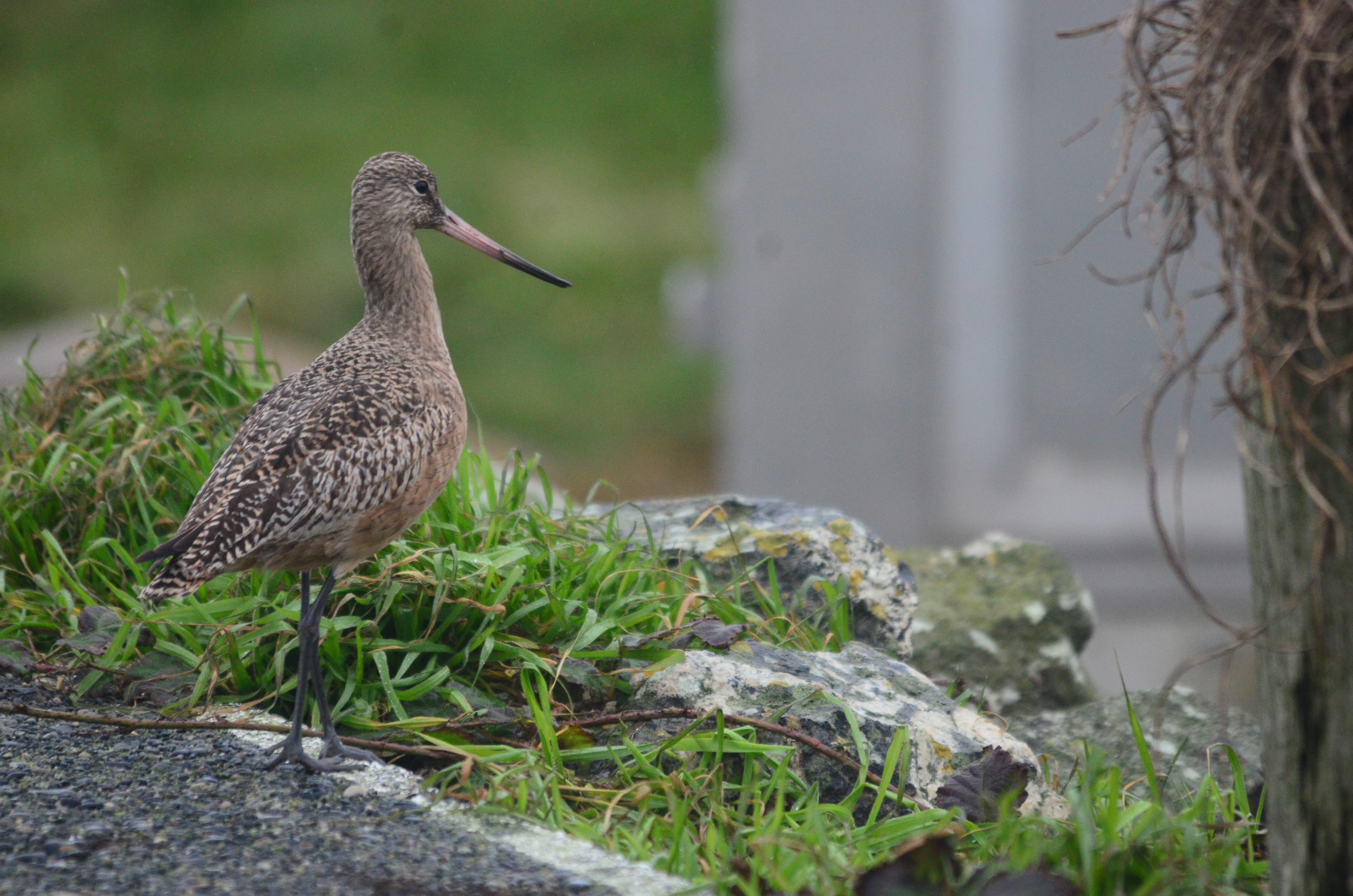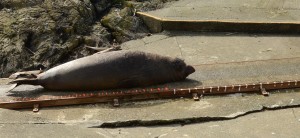
Boreal Owl (Aegolius funereus): for measurement –the pipe is 5 cm (2 inch) diameter–photo by Alex Fletcher, Ecoguardian at Race Rocks, Dec 28, 2014.
December 28, 2014– Val George and myself were picked up at Pedder Bay By Alex Fletcher, (Ecoguardian at Race Rocks) and we went out to Race Rocks for the Sooke area Christmas Bird Count. It was a great day with many high counts , but we were especially surprized to flush a small owl out from under a rock up near the camera 5 pedestal. At first Val thought it just could be a Boreal owl (Aegolius funereus) which would be a first for this area. We found it again under the porch of the Ecoguardians house and were able to get some good pictures of it. Then we decided it must be a Saw whet owl as Boreals are just too rare here. When he returned home and started comparing his pictures with other images, Val realized it was indeed the rare ( for this area) Boreal owl.
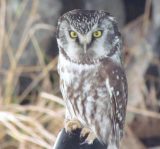 Report in Times Colonist : Newcomer thrills watchers at Sooke Christmas Bird Count
Report in Times Colonist : Newcomer thrills watchers at Sooke Christmas Bird Count
-
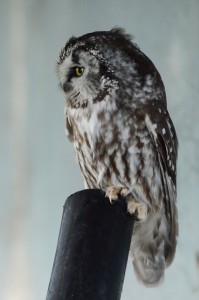
-
Boreal Owl- Race Rocks, Dec 28, 2014 photo by Alex Fletcher
-

-
Boreal Owl: A.Fletcher photo. Note organization of white dots on dorsal side.
-

-
Boreal Owl at Race Rocks-Dec 28, 2014. Photo by Val George.
-

-
Boreal Owl: Alex Fletcher photo.
(These owls breed in dense coniferous forests across northern North America and Eurasia and in mountain ranges such as the Alps and the Rockies. The subspecies: A.f. richardsoni is the only one that occurs in North America). It lays 3–6 eggs in a tree hole in the forest. The small nocturnal owl eats mainly voles and other mammals but also birds as well as insects and other invertebrates.)--text in brackets adapted from Wikipedia–
Scientific classification
Kingdom: Animalia
Phylum: Chordata
Class: Aves
Order: Strigiformes
Family: Strigidae
Genus: Aegolius
Species: A. funereus
Aegolius funereus (Linnaeus, 1758)
Subspecies: A.f. richardsoni (Bonaparte, 1838)
Other owls photographed at Race Rocks.
Link to the call of the Boreal Owl:
From the reference: Rare Birds of Vancouver Island: Compiled by Rick Toochin, Paul Levesque and Jamie Fenneman July1, 2013: The following notation indicates only three other records of the Boreal Owl on Vancouver Island, but there are no records for it on southern Vancouver island.
Boreal Owl (Aegolius funereus):
1.(1) adult February 27, 1993: fide Don Cecile (specimen) Tofino (Siddle 1993b)
2.(1) adult October 3, 1994: Marc Winfield, Rick Toochin, Mike Toochin: Triangle Island (Toochin 1995) (Bowling 1995a)
3.(1) adult fall 1996: fide Jamie Fenneman (specimen) Courtenay (Bain and Holder 1996f)
 The Race Rocks taxonomy is a collaborative venture originally started with the Biology and Environmental Systems students of Lester Pearson College UWC. It now also has contributions added by Faculty, Staff, Volunteers and Observers on the remote control webcams.
The Race Rocks taxonomy is a collaborative venture originally started with the Biology and Environmental Systems students of Lester Pearson College UWC. It now also has contributions added by Faculty, Staff, Volunteers and Observers on the remote control webcams.
